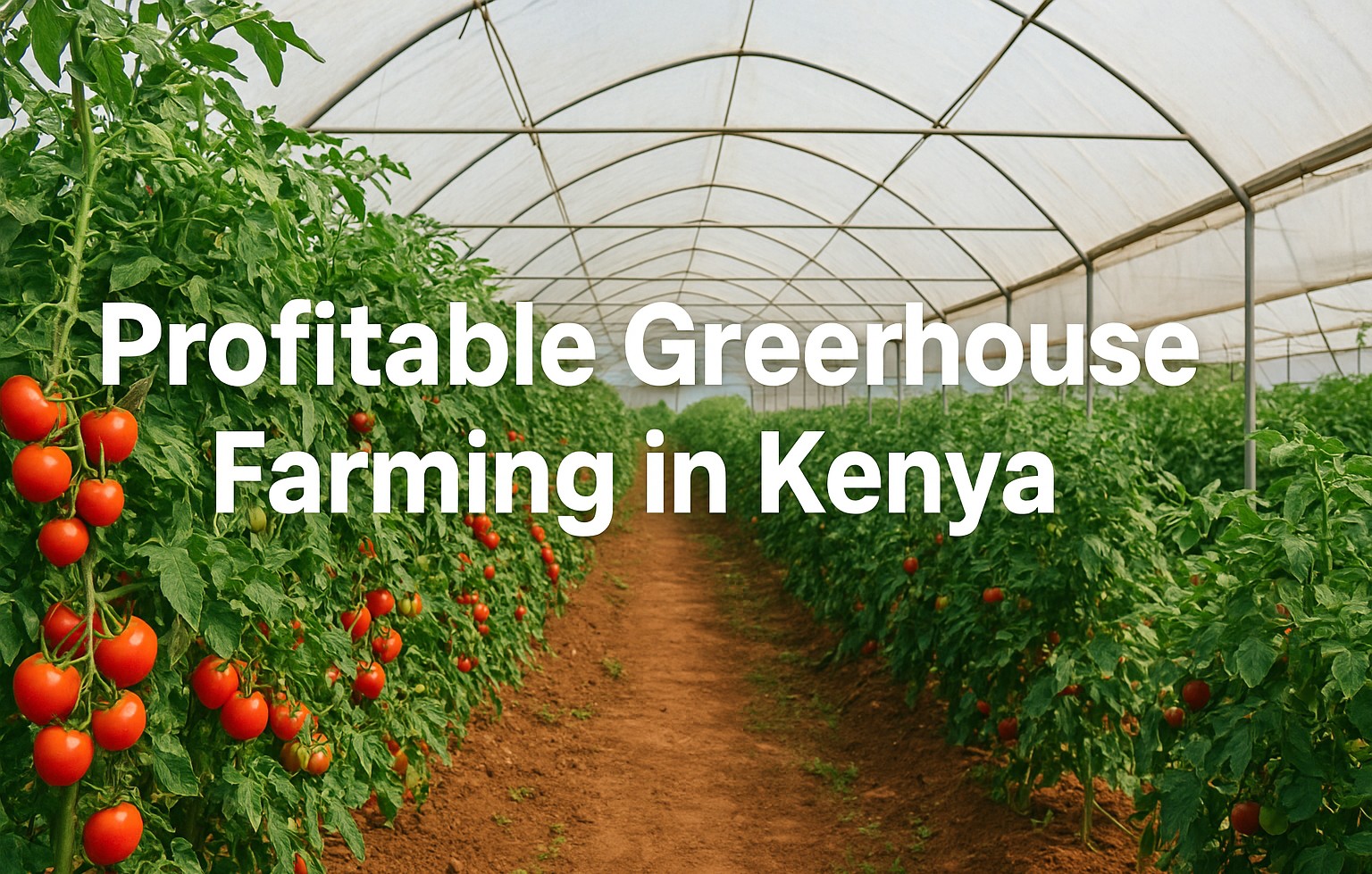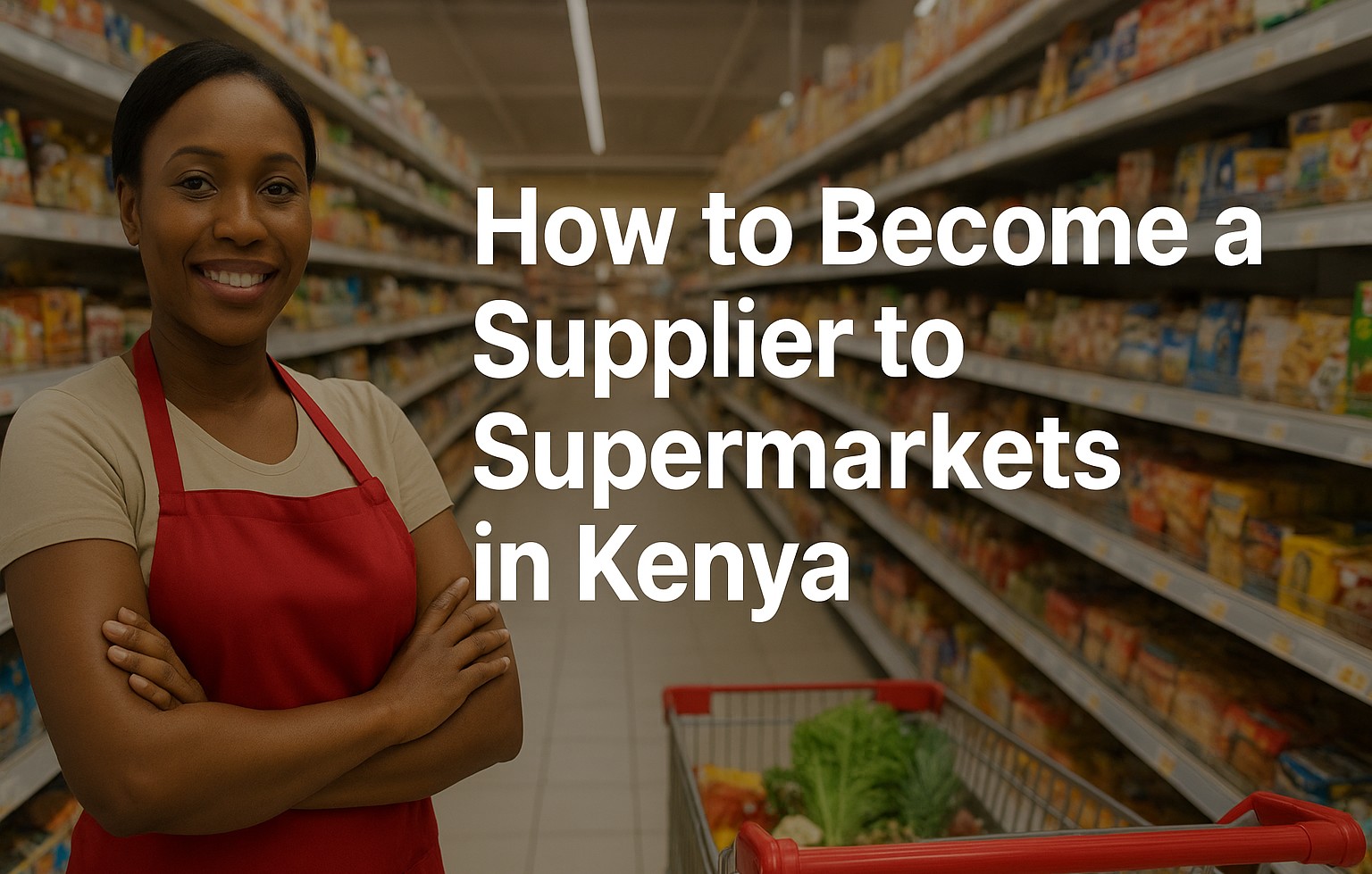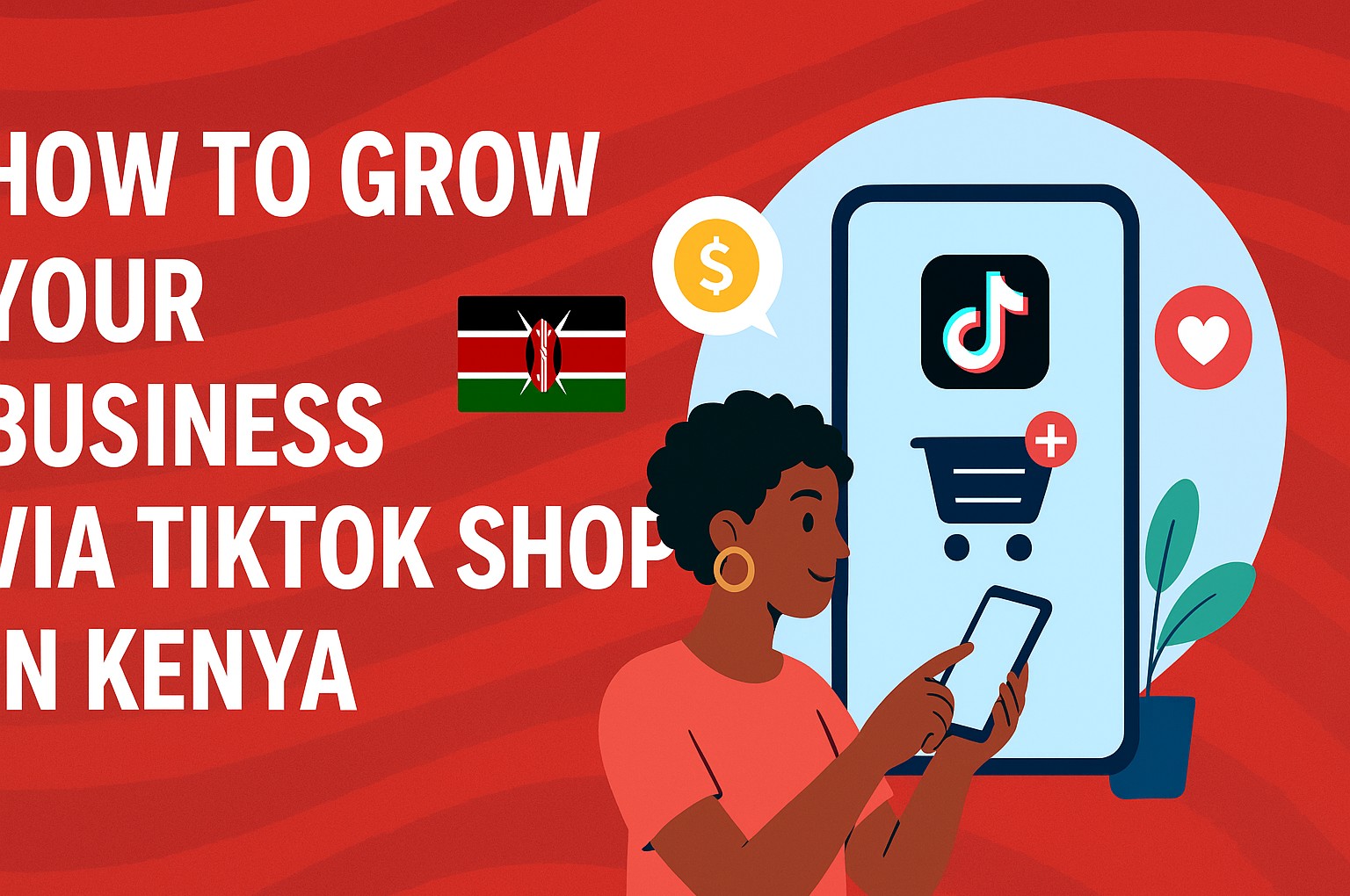

Titus Morebu
Author
Profitable Greenhouse Farming in Kenya: How to Start, Scale & Succeed
Turn a greenhouse into consistent profits with smart management, crop selection, tech tools & market strategy — step into the future of farming 🏡
🌱 Welcome to the ultimate guide to farming profitably using greenhouses in Kenya. Whether you're a smallholder looking to boost incomes or an agribusiness scaling operations, this guide walks you through essential steps, best practices, common pitfalls, and innovations to make your greenhouse venture sustainable and highly profitable.
Why Greenhouse Farming Is a Game Changer in Kenya
- Year-round production: Greenhouses buffer crops from unpredictable rains, droughts or cold spells, enabling multiple harvests in a year.
- Higher yields per area: Controlled environment boosts output by 2–5x compared to open fields.
- Reduced losses: Less damage from pests, birds, storms and adverse weather.
- Efficient water and nutrient use: Techniques like drip irrigation and fertigation cut waste significantly.
- Access to premium markets: Clean, uniform produce commanded by supermarkets, hotels and exporters.
How Profitable Is Greenhouse Farming in Kenya?
The profitability depends on your crop, scale, and management. For example, 500 indeterminate tomato plants might yield ~7.5 tonnes in a season — at KSh 50–80/kg, that’s KSh 375,000 or more in gross revenue. After deducting input & operating costs, net returns of KSh 150,000–300,000 or more are possible. On a larger scale, greenhouse tomato operations in Kenya have recorded net returns exceeding KSh 1.3 million per acre in a production season, outpacing many open-field alternatives. Many farmers recoup their investment within 2–3 crop cycles.
Step-by-Step: Setting Up a Profitable Greenhouse in Kenya
1. Define Your Vision & Business Model
Decide whether you’ll focus small scale, medium or commercial. Will you target supermarkets, restaurants, export, or direct-to-consumer? This determines your crop choices, design, investment, and operations.
2. Site Selection & Orientation
- Choose a level site with good drainage and access to water.
- Ensure at least 6–8 hours of sunlight daily.
- Align the structure east–west for optimal solar gain and airflow.
- Avoid locations very exposed to strong winds unless reinforced design is used.
3. Design, Structure & Materials
The right greenhouse design depends on climate and budget:
- Tunnel / hoop houses: Cost-effective and suited for many vegetable crops.
- Gabled / ridge vent structures: Better ventilation and height for tall crops.
Material costs vary: a 30 m × 8 m metallic greenhouse may cost ~KSh 500,000+. Wooden or mixed-frame options cost less but may require more maintenance.
4. Covering, Ventilation & Microclimate Controls
- Use UV-stabilized polythene or greenhouse sheets (150–200 microns).
- Include insect mesh, roof vents, side curtains, louvers to regulate airflow.
- Install sensors for temperature, humidity, CO₂ if scaling to advanced control.
- Use thermal mass (water barrels, stones) to moderate night temperatures.
5. Soil Preparation, Beds & Irrigation
- Test soil pH (ideal 5.5–6.8). Amend with compost and organic matter.
- Construct raised beds or grow in bags/containers for better drainage and root health.
- Install drip irrigation + fertigation for efficient nutrient delivery.
- Consider hydroponics or substrate systems for high-value crops as you scale.
6. Choosing Profitable Crops & Varieties
Not all crops thrive equally in greenhouses. Prioritize high-value ones with consistent demand:
- Tomatoes (e.g. Anna F1, Terminator F1): Most popular in Kenya’s greenhouse market.
- Capsicum (bell pepper) and chillies — attract premium buyers.
- Cucumbers — fast cycles, good demand.
- Herbs and microgreens — small space, high value.
- Strawberries — niche export or upscale segments.
7. Seedlings, Transplanting & Planting Density
Raise seedlings in trays under nursery shade, then transplant when 4–6 true leaves form. Maintain optimal spacing (e.g. 45–60 cm between tomato plants) to balance airflow and yield.
8. Crop Nutrition & Integrated Pest Management (IPM)
- Use balanced fertilizers (NPK, microelements) via fertigation.
- Adopt IPM: beneficial insects, biopesticides, pheromone traps.
- Monitor daily for early signs of pests or disease.
- Maintain strict hygiene: disinfect tools, replace cover materials when degraded.
9. Harvesting, Post-Harvest & Packaging
- Harvest at optimal maturity for best flavor and shelf life.
- Cool produce quickly; use shaded or cooled storage.
- Package in clean crates or trays, label, and brand for niche buyers.
10. Market Strategy & Sales Channels
- Target high-end supermarkets, hotels, restaurants, exporters.
- Use direct-to-consumer (weekend markets, online delivery) to capture margins.
- Negotiate contracts or forward orders to reduce market risk.
- Position produce as “clean, pesticide-safe, greenhouse-grown” to command premiums.
Key Challenges & How to Overcome Them
Initial Capital Costs
Greenhouse structures and systems are expensive up front. Mitigate with phased scaling, microloan programs, grants or cost-sharing with farmer groups.
Temperature / Heat Stress
In warmer zones, greenhouse interiors may overheat. Use shade nets, forced ventilation, evaporative cooling or misters to keep conditions optimal.
Pest Breakouts & Disease Pressure
Though greenhouses reduce many pests, those that do get inside can spread fast. Vigilant scouting, biological control, and backup chemical options (when allowed) are essential.
Maintenance & Material Wear
UV light degrades plastic covers over time. Plan for replacement every 3–5 years. Maintain cables, anchors, mesh, frames to prevent collapse or damage.
Market Saturation & Price Fluctuations
Too much supply in a region can depress prices. Diversify crops, stagger harvests, or serve niche buyers to avoid glut risk.
Scaling, Innovation & Tech Trends
- Automation & Sensors: IoT sensors and controls for climate, soil moisture, CO₂ can optimize yields and reduce labor.
- Robotic or Agri-bots: Some systems can autonomously monitor or adjust greenhouse parameters.
- Vertical / Stacked Systems: Useful for herbs, greens — maximizes space per ground area.
- Data Analytics & Forecasting: Use yield, weather and cost data to refine decisions each cycle.
Financial Example (Small to Medium Scale)
| Item | Estimated Cost (KSh) |
|---|---|
| Greenhouse structure, cover & installation | 300,000 |
| Irrigation & fertigation setup | 80,000 |
| Seedlings, soil prep, compost | 30,000 |
| Labor (planting, maintenance) | 50,000 |
| Pest / disease control, nutrients | 20,000 |
| Harvesting, post-harvest handling | 10,000 |
| Total Expenses | 490,000 |
If the greenhouse yields 10,000 kg of tomatoes sold at KSh 60/kg, revenue is KSh 600,000 — giving a margin of KSh 110,000 (before contingencies). Actual returns may be higher with better performance.
Success Tips from Kenyan Greenhouse Farmers
- Start small and scale once systems stabilize.
- Focus on consistency and quality over chasing volume.
- Network with buyers early, build trust and contracts.
- Record data (yields, costs, pests) to refine practices each cycle.
- Don't skip preventive maintenance — the cost of structural failure is high.
Conclusion: The Path to Long-Term Profitability
Greenhouse farming in Kenya offers one of the most promising paths for small and medium farmers to break free from unpredictable rains, low yields, and price volatility. With the right design, crop choice, disciplined management, and market approach, you can build a resilient business that delivers consistent income, improves food security, and contributes to sustainable agriculture.
Ready to take the leap? Start planning your first greenhouse today and let smart design and data guide you to profitability.
Learn more from authoritative sources like the Controlled Environment Agriculture (CEA) concept and Kenya’s agriculture policy frameworks to align your project with emerging trends.
Gallery

Related Articles
3 articles
How to Become a Supplier to Supermarkets in Kenya – A Step-by-Step Guide 🌟
Learn how to register, pitch, and win supply contracts with Kenyan supermarkets. Step-by-step process, tips, and legal requirements — your roadmap to success.

Best Money-Saving Strategies for Kenyan Small Business Owners
Practical and actionable tips for small business owners in Kenya to cut costs, boost profits, and build resilience in 2025.

How to Grow Your Business via TikTok Shop in Kenya 🚀
Unlock TikTok Shop Kenya strategies to boost sales, visibility and customer trust with proven tactics for 2025 success.